Harmonic Analysis is the understanding of the functional sequence of chords. It is the process used to analyze the harmonic structure of a progression, song, or composition. This analysis is then used to make scale selections for improvisation and chord substitution. This lesson covers the Internal Modulation harmonic principle.




Harmonic Analysis is the understanding of the functional sequence of chords. It is the process used to analyze the harmonic structure of a progression, song or composition. This analysis is then used to make scale selections for improvisation and chord substitution.
This lesson covers the Internal Modulation harmonic principle.
Available for Premium Site Access Plans Only

This series, is the book Harmonic Analysis for Chord Substitution and Scale Selection by Curt sheller broken out into individual lessons with additional examples and content. Always, the latest version of the book.
An Internal Modulation is when a change of tonal center has occurred. This modulation can be sudden, prepared, a temporary modulation, or an actual modulation. The modulation can be any interval from above or below previous key.
A modulation can be from a major to major tonality, a minor to minor tonality, a major to minor tonality, or from a minor to major tonality. Or from a diatonic tonality to a modal tonality or modal to diatonic. I can be from one tonality to any tonality.
Once a modulation has occurred use the other harmonic principles to identify a chord's function.
WORKSHEET NOTATION: Use the notation for Full Diatonic, Partial Diatonic, Unresolved, Chromatic, or Cycle as required by the individual principle.
Determining a Modulation
If you start getting a lot of partial diatonic or chromatic chords in succession then a possible modulation has occurred. Revisit the analysis of the chords in question and apply the principles for Full and Partial Diatonic to determine if a modulation to new tonality or key center has happened.Determining a Modulation If you start getting a lot of partial diatonic or chromatic chords in succession then a possible modulation has occurred. Revisit the analysis of the chords in question and apply the principles for Full and Partial Diatonic to determine if a modulation to new tonality or key center has happened.
Harmonic Analysis is the understanding of the functional sequence of chords. It is the process used to analyze the harmonic structure of a progression, song or composition. This analysis is then used to make scale selections for improvisation and chord substitution.
This lesson covers the Internal Modulation harmonic principle.
Available for Premium Site Access Plans Only

This series, is the book Harmonic Analysis for Chord Substitution and Scale Selection by Curt sheller broken out into individual lessons with additional examples and content. Always, the latest version of the book.
An Internal Modulation is when a change of tonal center has occurred. This modulation can be sudden, prepared, a temporary modulation, or an actual modulation. The modulation can be any interval from above or below previous key.
A modulation can be from a major to major tonality, a minor to minor tonality, a major to minor tonality, or from a minor to major tonality. Or from a diatonic tonality to a modal tonality or modal to diatonic. I can be from one tonality to any tonality.
Once a modulation has occurred use the other harmonic principles to identify a chord's function.
WORKSHEET NOTATION: Use the notation for Full Diatonic, Partial Diatonic, Unresolved, Chromatic, or Cycle as required by the individual principle.
Determining a Modulation
If you start getting a lot of partial diatonic or chromatic chords in succession then a possible modulation has occurred. Revisit the analysis of the chords in question and apply the principles for Full and Partial Diatonic to determine if a modulation to new tonality or key center has happened.Determining a Modulation If you start getting a lot of partial diatonic or chromatic chords in succession then a possible modulation has occurred. Revisit the analysis of the chords in question and apply the principles for Full and Partial Diatonic to determine if a modulation to new tonality or key center has happened.
Harmonic Analysis - Internal Modulation
Pivot or Double Function Chords
A pivot or double function chord is defined as a chord that functions in both the current tonality and the new tonality. This chord smoothly prepares a modulation to the new key center. This is a common modulation technique.
Common Modulations
It would seem from the description of modulation that anything is possible. However there are common modulations to be aware of.
A) Closely related keys (Key Signature)
FULL DIATONIC
Example*
* Examples relative to C.
Partial Diatonic
Related Keys (Keep Root, Reuse Species)
Chromatic
Related Keys (Root out of key)
Example*
* Examples relative to C.
B) Distant Related Key (Key Signature. No more than a three accidental difference).
Tierce de Picardy
Tierce de Picardy (Picardy Third) is a common practice of establishing a minor key but resolving it major. Example II V I in the key of C minor would be Dm7b5, G7 to Cm7. With the Picardy Third resolution it would be Dm7b5 G7 Cmaj7. Songs such as How High the Moon and Bluesette use this harmonic move.
Song Examples
Most folk, rock and blues songs remain in one key. Most Jazz and Pop standards will modulate to new key centers.
Jazz Classics
Modulation Interval
All The Things You Are
bar 6 & 14
Descending Whole Steps
How High The Moon
bar 3
Up a Major Third
Tune Up
bar 3
Descending Whole Steps
Solar
bar 3
Descending Whole Steps
Airegin
bar 3
Descending Whole Steps
Bluesette
bridge
Descending Whole Steps
Checkout the Songs section of LearningUkulele.com , as many of the songs examples above are available.
Related Lessons, Videos, Lesson Series, Songs, Books & Reference Charts, Resources & Assets, Workshops are below.
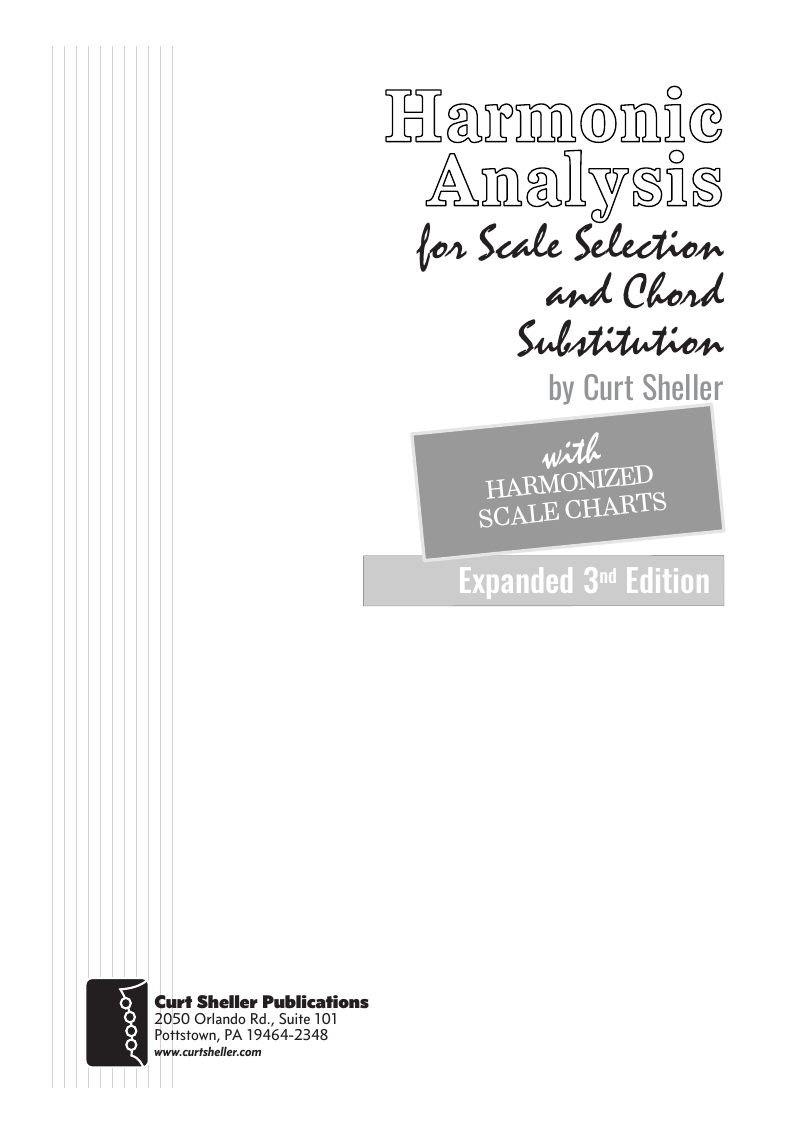
Harmonic Analysis ( HA ) is the process used to determine the harmonic function of chords within a chord progression. A chord progression is defined as a sequence of chords, each chord has a root and has a particular chord type. The relationship of a chord's root to a scale determines its function within that scale's tonality. Once a chord's function is identified, scale selections along with chord and scale substitutions can be made. This process is called Root Movement Analysis ( RMA ). This series of lessons are extracted from my book for use with individual private and on-line students. Each lesson directly corresponds the chapters in my book Harmonic Analysis for Scale Selection and Chord Substitution by Curt Sheller (me).
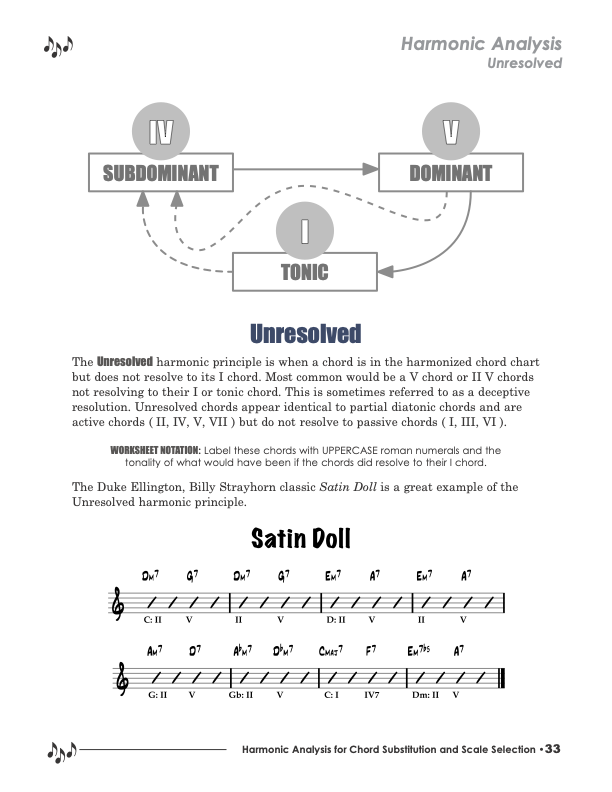
Harmonic Analysis is the understanding of the functional sequence of chords. It is the process used to analyze the harmonic structure of a progression, song, or composition. This analysis is then used to make scale selections for improvisation and chord substitution. This lesson covers the Unresolved harmonic principle.
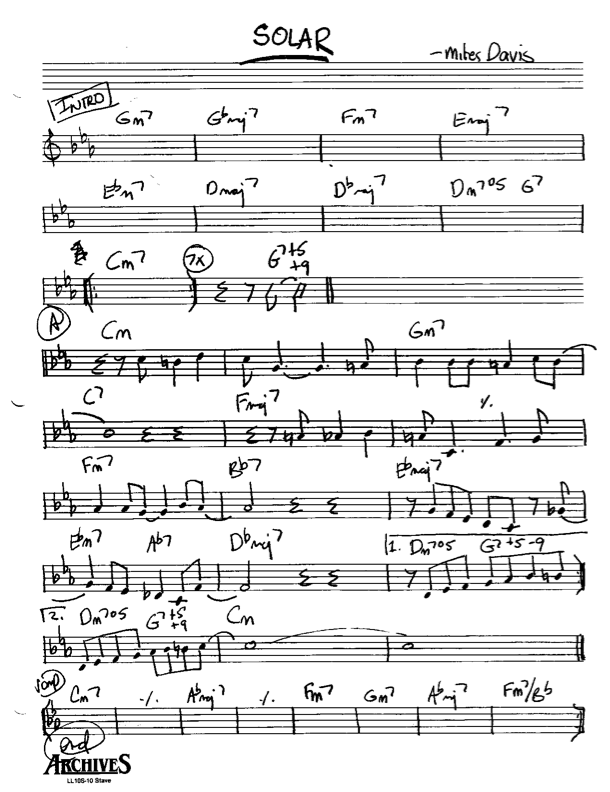
Solar is a musical composition attributed to Miles Davis on the studio album Walkin' (1954), considered a modern jazz standard. The tune has been played and recorded by many musicians including his former bandmates/collaborators Lee Konitz, Bill Evans, Dave Holland, Keith Jarrett or Jack DeJohnette.

Harmonic Analysis is the understanding of the functional sequence of chords. It is the process used to analyze the harmonic structure of a progression, song or composition. This analysis is then used to make scale selections for improvisation and chord substitution.


return in your investment)—it is this— learning the
f*ckingnotes of your OWN instrument. Sorry for the tough talks—but it is sooooo true!


Learn to read single note melodies in the first/open position is a lot easier than you might think. Book: Ukulele – Reading Music Series – Primer

An organized collection of daily practice and reference material for the contemporary ukulele player for developing the vocabulary and knowledge necessary for single note playing. Book: Daily Practice Material for the Contemporary Ukulele
Checkout the Books & Reference Charts for additional Handy, Dandy Reference Charts.

Ukulele Fingerboard Chart for C Tuning, Low or High G – G C E A

Ukulele Fingerboard Chart for G Tuning, Low or High A – D G B E

A handy reference chart of all 15 major and relative minor key signatures. US Letter 8.5 x 11 sized (ANSI-A) , A4



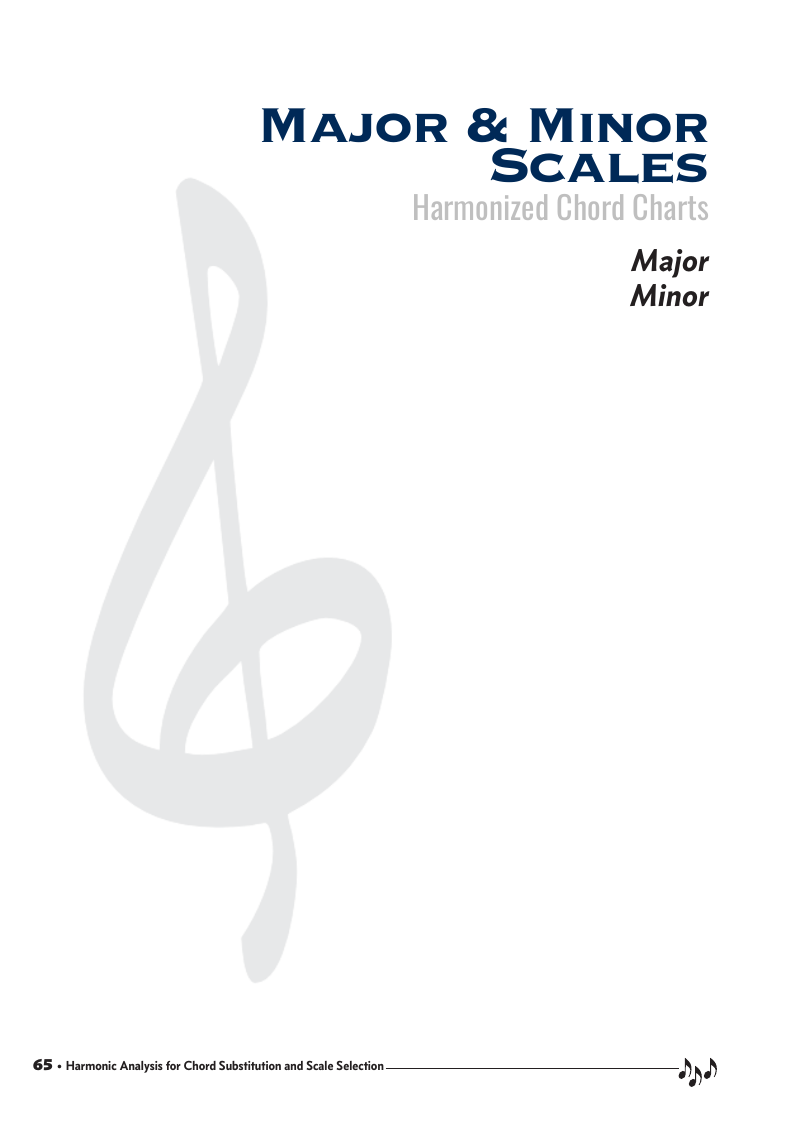
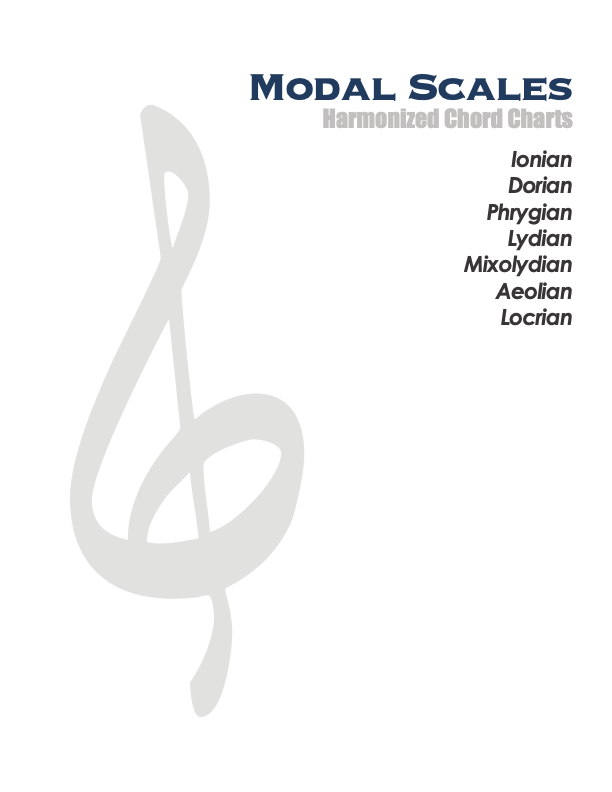
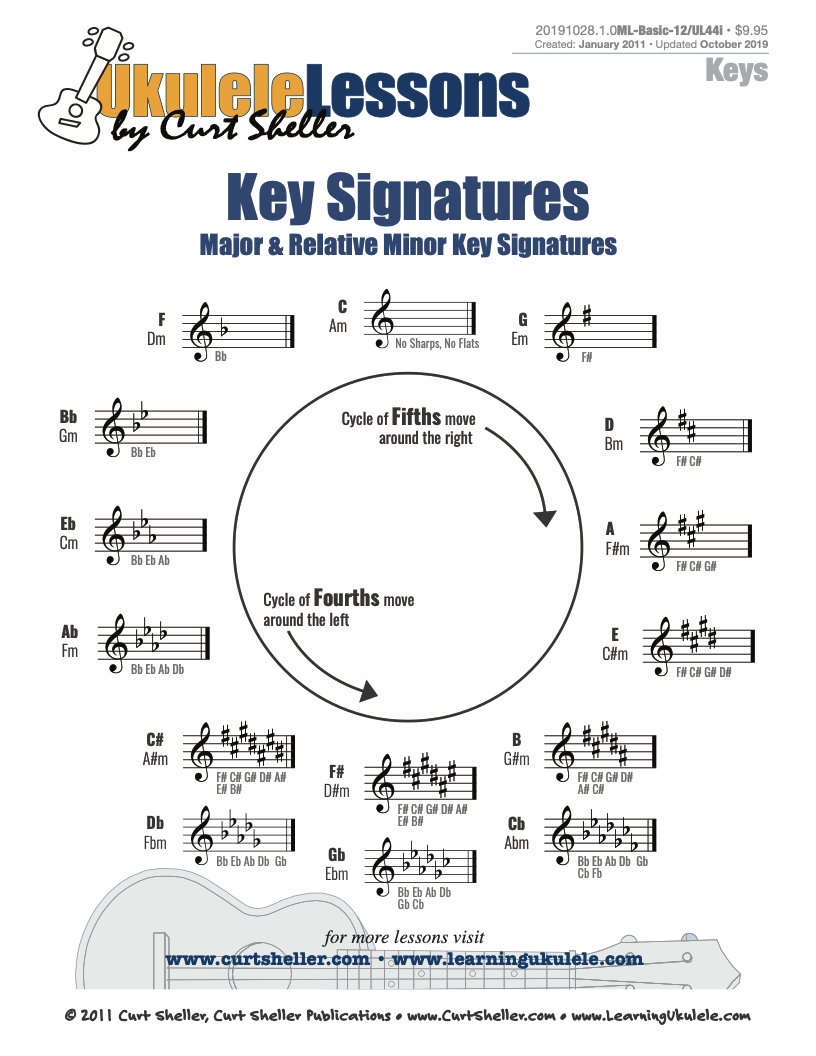
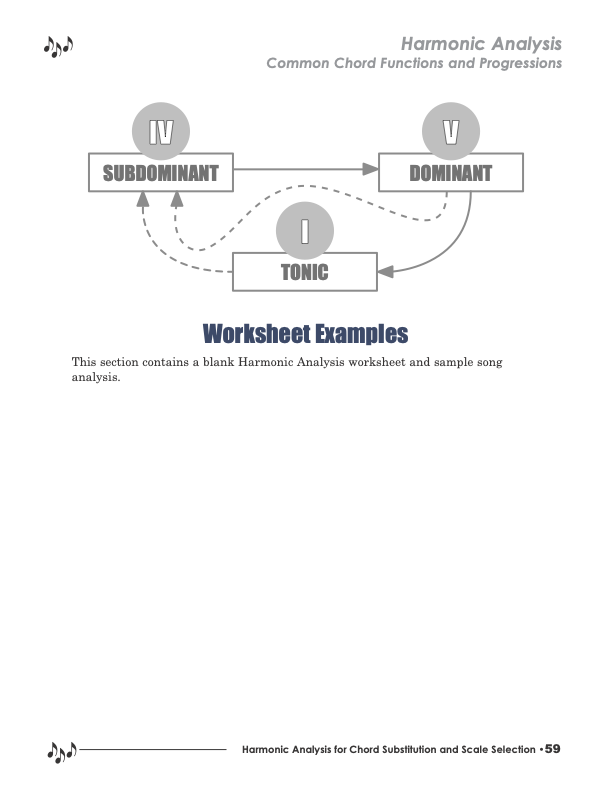

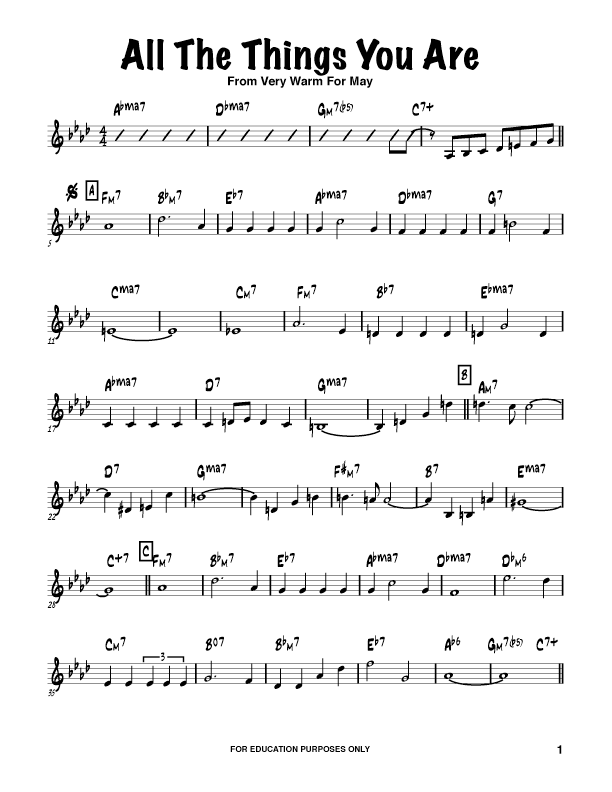
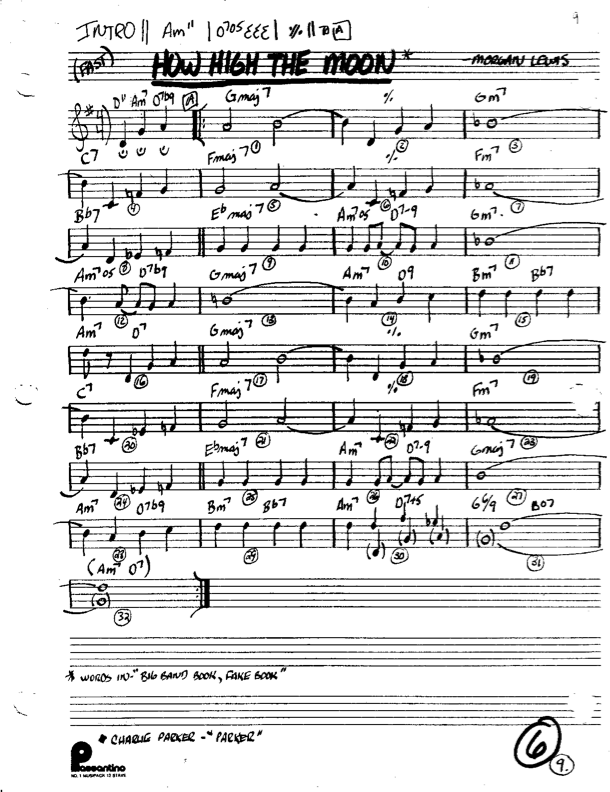
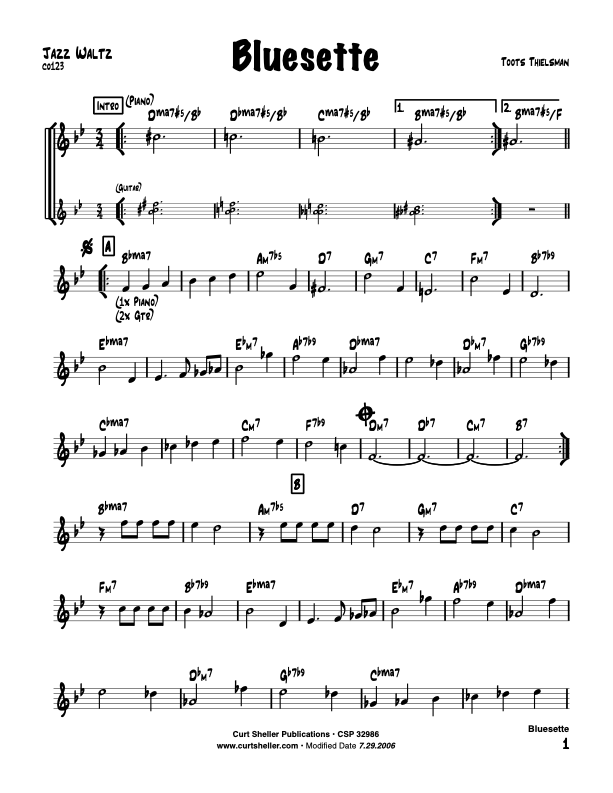
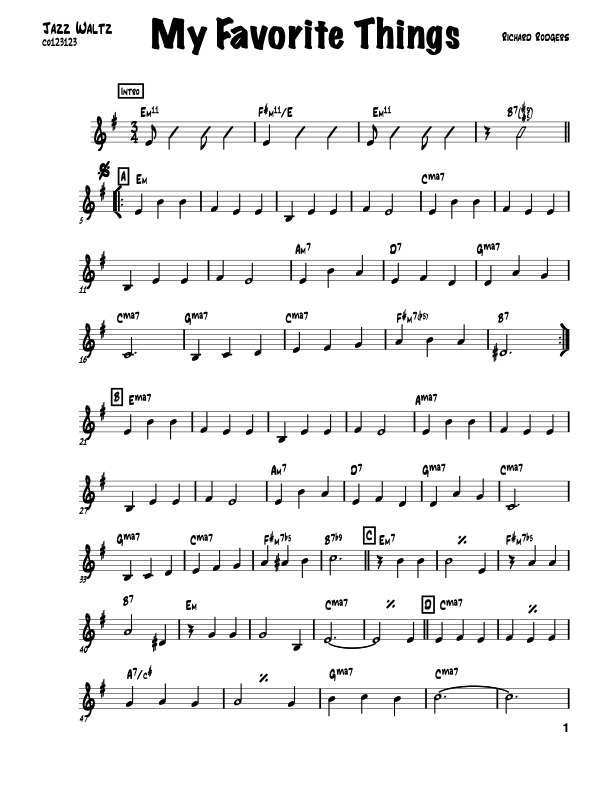

.jpg)